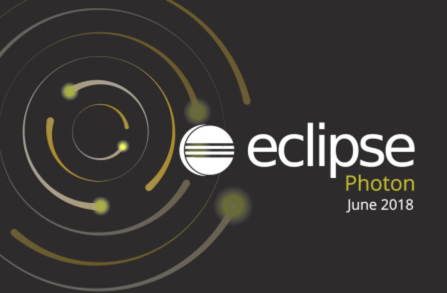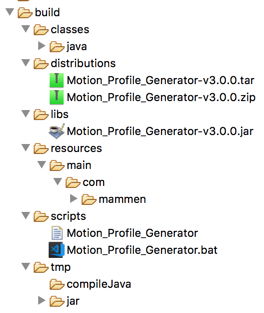I tried to code for real in Visual Studio Code for the first time. This means not just dealing with my first impressions, but actually trying to get something done. I spent five hours coding today. The project I was working on uses Maven, Selenium and JUnit 5.
I tried to *only* use VS Code for the five hours of coding I did today. Learning any new tool is frustrating. I didn’t complete the development task I wanted to. But I made a decent amount of progress. And more importantly, I have a better understanding of the VS Code environment.
What I re-learned
I learned these when I was playing last time. But this time, I used them a bunch.
- Shift Command/Windows P – Lets you type in the name of what you want to do. Useful when you don’t know the keyboard shortcuts or location of anything! I used it a lot for organize imports!
- F12 – drill down into a class
What I learned for the first time
- F2 – renames a method
- The left explorer view has a “Maven Projects” section. This provides a visual way to run Maven clean/install/etc. it also provides a visual way to run effective pom. Or at least it did until I disabled the Maven integration. See the “challenges” section for why.
What I liked
- Running a junit test is easy. Click “run test” over the class name or method name. This causes the test to run and a green (or red) status to appear in the bottom left line with how it went.
- A green check or red x also appears next to each test method which you can click to see the test result details.
- Extract to method is easy. Just highlight the code and click the lightbulb.
- The git integration is good. It is clear on how to pull/push/commit/stash
- Typing code was relatively easy.
“Challenges”
- F2 does not rename a class completely. It does rename the “public class” line. But it doesn’t rename the file. There was a github issue logged about this in August. It was closed because it was going to be resolved “soon”, but still seems to be a problem.
- JUnit 5 tests in classes that end with *IT.java run normally but report as if they were skipped. This means integration is partial. If you open the test class, the green check or red x are correct. And the test explorer recognizes integration tests as tests. But the bottom bar status and test report show as skipped. I had to temporarily rename my test to *Test.java and name it back before committing for this to be usable. I reported this as an issue in the vscode-java-test project
- There doesn’t appear to be an easy way to make the editor (the part where you type code) full screen. You can choose the command “Maximize editor group and hide sidebar”, but the problems/terminal/etc group is still at the bottom along with some visual clutter on the right. This means you actually have to drag stuff around. In Eclipse, you just double click the “title” and get full screen. More importantly, in Eclipse you double click again to get your original view back. This was requested back in 2016 so I doubt it will be added.
- Printing something in JUnit doesn’t play well with the Maven integration. Seriously, even if you remember to switch the output tab to “test output”, nothing gets output. I quickly learned that I wasn’t the only one with this problem. It was also logged as a defect this month and sounds like it is being worked on. In the meantime, I disabled the Maven plugin. This isn’t terribly inconvenient because of the Terminal tab. I can still run a Maven build right from my editor.
- You have to create packages and classes “manually.” This is annoying from deeply nested packages. It is also annoying to have to type the package declaration when creating a new class. This is because VS Code has the concept of folders/files vs packages/classes
What I had to fall back to Eclipse for
There were two tasks where I decided to use Eclipse rather than VS Code:
- I needed to paste a very long string. Eclipse adds the line breaks and string concatenation to make this elegant. VS Code does not. I could have spent 15 minutes doing it by hand, but I let Eclipse do it for me.
- Eclipse is really good at showing all the differences visually between two Strings in an assertion. (See #1 for my long string.) I could have read the text assertion to see the differences. But again, Eclipse is just so good at this.


